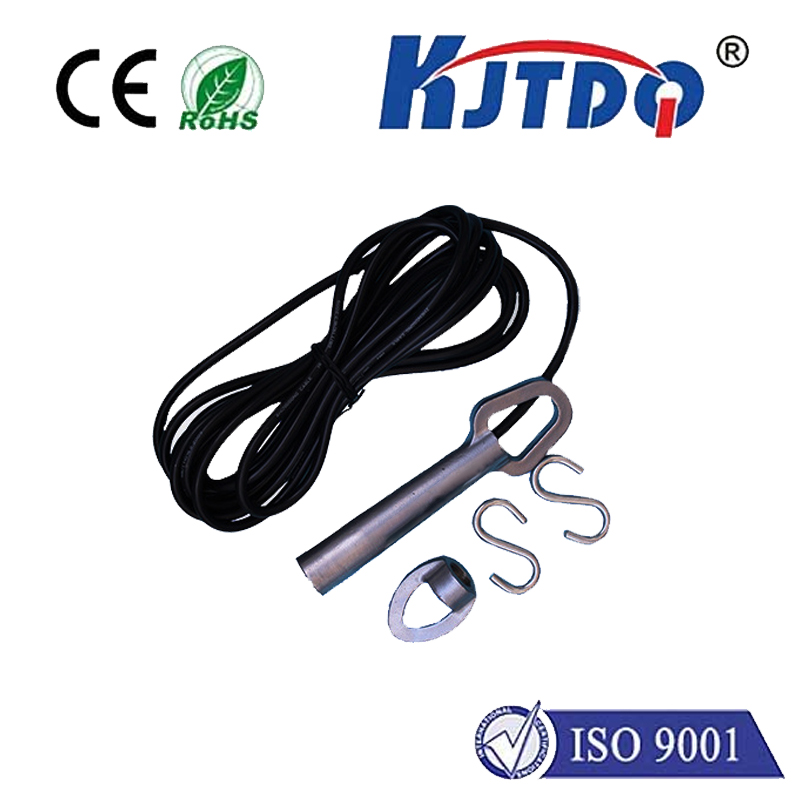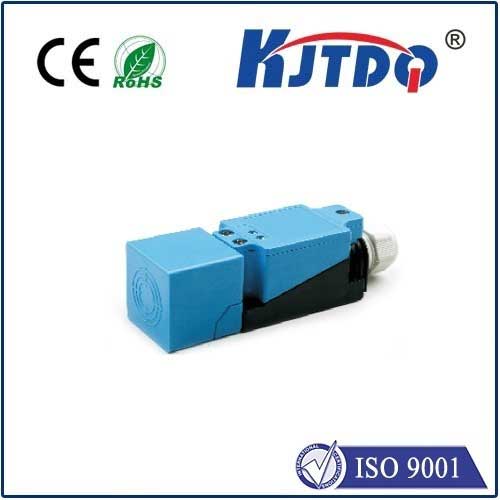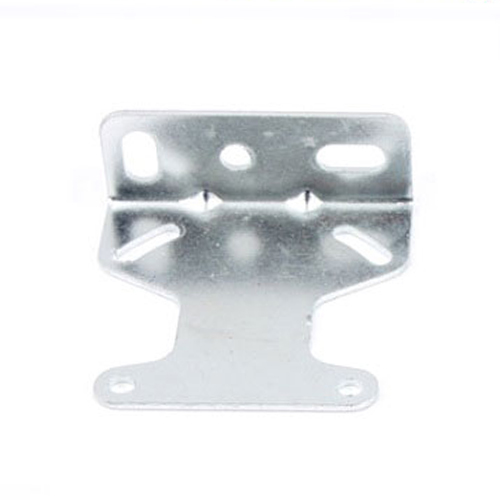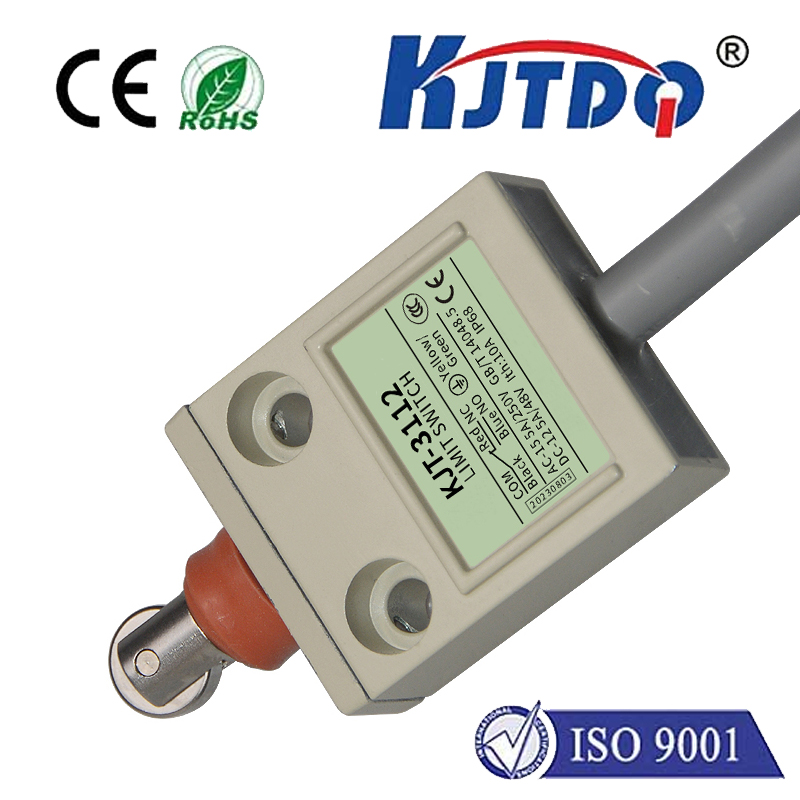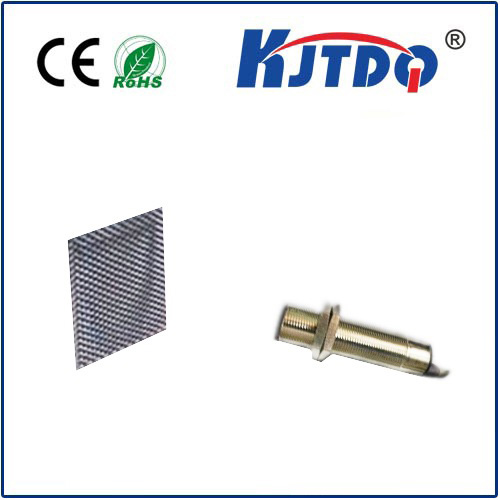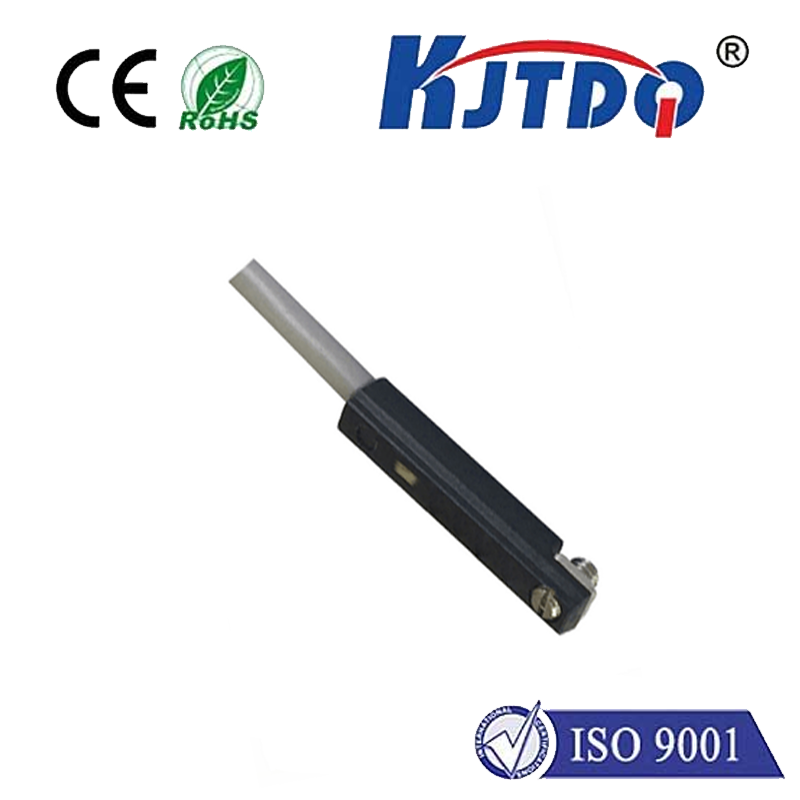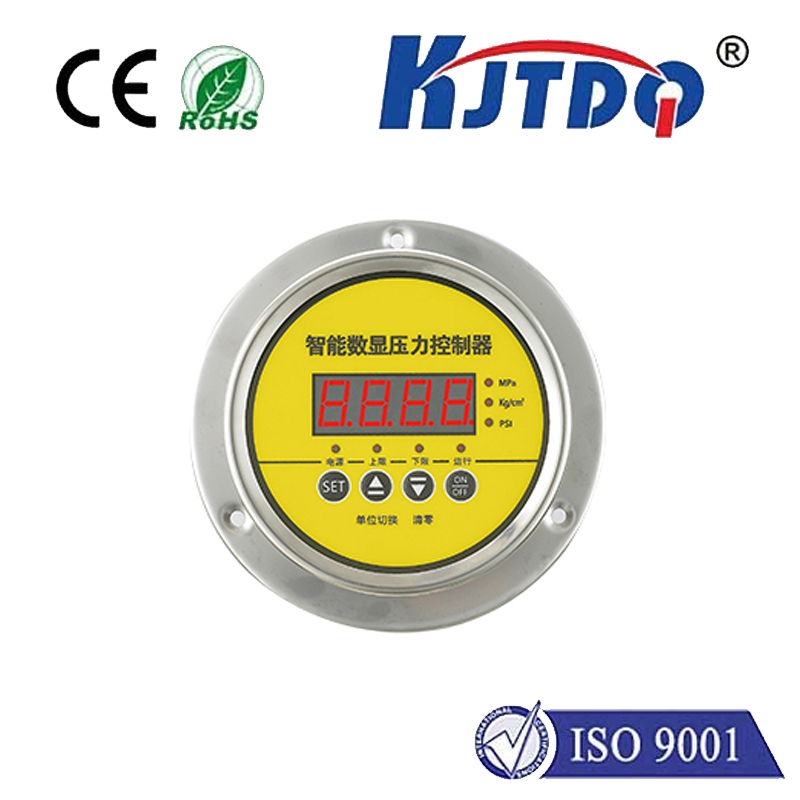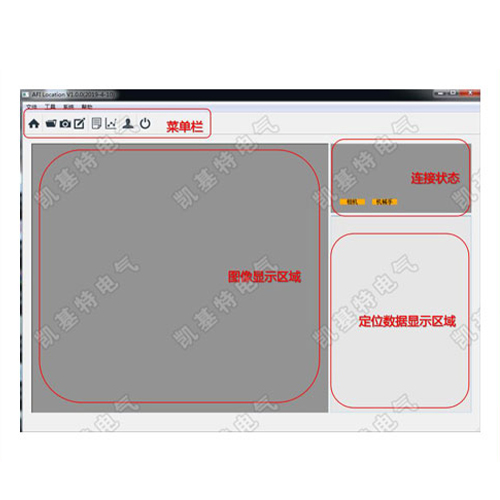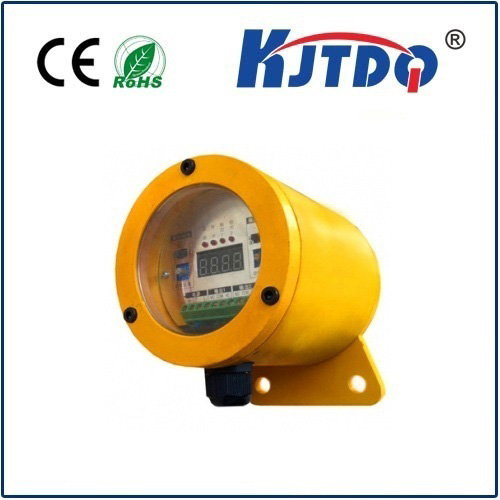electronic temperature sensor
- time:2025-08-21 00:21:48
- Нажмите:0
The Unsung Sentinel: How Electronic Temperature Sensors Transform Our Digital World
Invisible yet indispensable, quietly monitoring the unseen forces that govern our environments and machines, lies a technological powerhouse: the electronic temperature sensor. This unassuming device has become the cornerstone of countless modern systems, silently ensuring safety, optimizing efficiency, and enabling functionalities we often take for granted. From the smartphone in your pocket to the colossal industrial reactor, from the life-saving medical equipment to the climate-controlled comfort of your home, electronic temperature sensors are the fundamental translators, converting the physical reality of heat into the actionable language of the digital age.
Beyond the Mercury Bulb: Understanding the Electronic Advantage
Gone are the days when temperature measurement solely relied on the expansion of liquids or bending of bimetallic strips. Electronic temperature sensors represent a quantum leap. At their core, these sensors contain a sensing element whose inherent electrical property – typically resistance, Напряжение, or current – changes predictably and reliably in response to temperature variations. Sophisticated circuitry then converts this raw electrical change into a digital signal, easily read and processed by microcontrollers, computers, and complex control systems. This digital foundation unlocks unprecedented advantages:
- High Precision and Accuracy: Modern digital temperature probes offer remarkable fidelity, capable of detecting minute thermal fluctuations critical for scientific research, pharmaceutical manufacturing, and delicate industrial processes.
- Rapid Response Times (Speed): Many electronic types react swiftly to temperature changes, providing near-real-time feedback essential for dynamic control systems like engine management or rapid thermal cycling.
- Durability and Miniaturization: Solid-state construction makes them inherently robust against shock and vibration. Their compact size allows integration into incredibly small devices like wearables and microelectronics.
- Digital Output & Ease of Integration: Delivering data directly in digital formats (I2C, SPI, PWM) simplifies wiring, reduces errors, and streamlines communication with other digital systems and the Internet of Things (IoT).
- Remote Monitoring Capabilities: Digital output enables effortless integration into networks, allowing temperatures to be monitored and logged from anywhere in the world.
The Chameleons of Sensing: Diverse Technologies for Diverse Needs

The term “electronic temperature sensor” encompasses a fascinating family of technologies, each with its strengths and ideal applications:
- Thermistors: These are resistors crafted from semiconductor materials whose resistance changes dramatically with temperature. Negative Temperature Coefficient (NTC) thermistors, whose resistance decreases as temperature increases, are incredibly common. They offer high sensitivity and low cost, making them perfect for applications like appliance temperature control, battery temperature monitoring, and consumer electronics. Positive Temperature Coefficient (PTC) thermistors see resistance increase with temperature, often used for self-regulating heating elements or over-current protection.
- Resistance Temperature Detectors (RTDs): Often constructed from pure platinum (Pt100, Pt1000), RTDs are the gold standard for precision. Their resistance increases linearly and very predictably with temperature. While more expensive than thermistors, they provide exceptional accuracy and long-term stability, making them indispensable in industrial process control, laboratory instruments, and medical devices.
- Thermocouples: These sensors generate a small voltage (the Seebeck effect) proportional to the temperature difference between two junctions of dissimilar metals. Known for their extremely wide temperature range, ruggedness, and fast response, they are the go-to choice for high-temperature industrial applications (furnaces, kilns, turbines), exhaust gas temperature (EGT) measurement, and scientific research.
- Integrated Circuit (IC) Temperature Sensors: These combine the sensing element, signal conditioning, analog-to-digital conversion (ADC), and often a digital interface (like I2C) into a single, tiny silicon chip. This creates highly user-friendly, low-power, and cost-effective solutions ideal for printed circuit board (PCB) monitoring, computer hardware thermal management, HVAC systems, and battery-powered IoT devices. They typically offer good accuracy over a limited range.
Where the Digital Thermometer Reigns Supreme: Ubiquitous Applications
The reach of electronic temperature sensing is truly staggering:
- Industrial Automation & Process Control: Maintaining precise temperatures in chemical reactions, food processing, plastic molding, and metal treatment is critical for quality, safety, and efficiency. RTDs and thermocouples dominate here.
- Automotive: From monitoring engine coolant and oil temperature to regulating cabin climate control, measuring intake air temperature, and safeguarding battery packs in EVs, multiple digital temperature sensors are vital for performance and safety in every modern vehicle.
- Consumer Electronics: Preventing overheating in smartphones, laptops, game consoles, and appliances relies on embedded thermistors or IC sensors. They also enable features like weather stations and smart thermostats.
- Medical & Healthcare: Ensuring the correct temperature in incubators, sterilizers, refrigeration for vaccines and blood products, dialysis machines, and wearable patient monitors absolutely depends on precise electronic temperature measurement, often using RTDs or high-grade thermistors.
- HVAC & Building Management: Optimizing comfort and energy efficiency in homes and large buildings requires constant feedback from Датчик температуры placed throughout ducts, rooms, and on equipment.
- Energy Management: Monitoring temperatures in solar panels, transformers, battery storage systems, and power generation facilities is crucial for efficiency, lifespan prediction, and preventing catastrophic failures.
- Food Safety & Logistics: Maintaining the cold chain from farm to fork relies heavily on accurate digital temperature probes embedded in storage facilities, transport vehicles (reefers), and packaging.
- Scientific Research & Environmental Monitoring: From deep-sea probes to weather stations and laboratory experiments, scientists leverage the precision and remote capabilities of electronic sensors.
Choosing the Right Sentinel: Key Considerations
Selecting the ideal electronic temperature sensor hinges on several critical factors:
- Required Temperature Range: Thermocouples excel at extremes (-200°C to +2000°C+), while IC sensors are typically limited to -55°C to +150°C. Thermistors and RTDs fall in between.
- Accuracy and Stability Needs: RTDs offer the highest stability and accuracy over time, while thermistors provide high sensitivity but may require calibration. Thermocouples offer good accuracy with proper calibration, especially at high temperatures. IC sensors offer varying levels of integrated accuracy.
- Response Time: Thin-film thermistors and exposed-junction thermocouples react fastest. RTDs and housed thermocouples are generally slower.
- Environment: Consider exposure to harsh chemicals, moisture, vibration, and EMI. Thermocouples and specialized RTDs are often most rugged.
- Cost Constraints: Thermistors and basic IC sensors are generally the most economical choices. RTDs and higher-grade thermocouples command a premium.
- Output and Interface Needs: Does the system require analog voltage/resistance, or a direct digital interface (I2C, SPI)? IC sensors simplify digital integration.
The Future: Smarter, Smaller, More Connected
The evolution of electronic temperature sensing continues unabated. We are witnessing trends towards even greater miniaturization (enabling new medical implants and micro-systems), increased integration of intelligence on-chip (self-diagnosis, calibration), lower power consumption for extended battery life in IoT, and wireless connectivity for effortless data streaming. As the Internet of Things expands, the role of these digital thermometers as critical data points feeding vast networks will only grow more profound. They remain the essential, often unseen, sentinels ensuring our increasingly complex world operates safely, efficiently,

